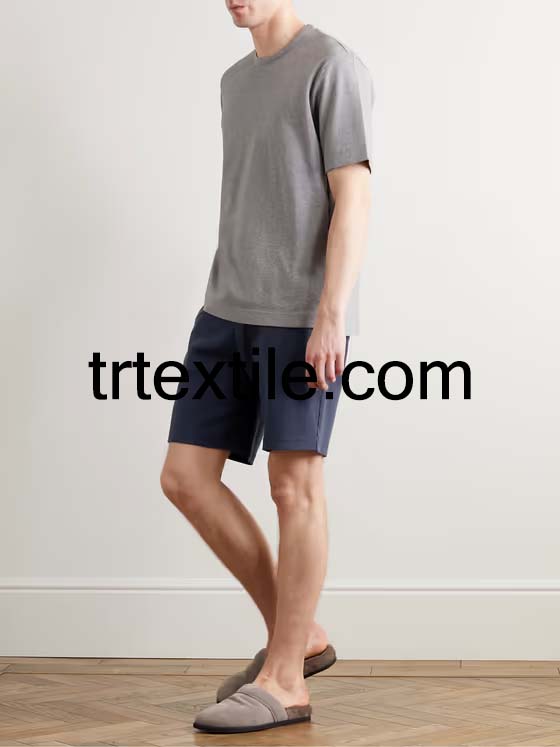Pajamas are a popular sleepwear choice for many people around the world. Comfortable, cozy, and stylish, pajamas are a wardrobe staple that many people can’t live without. But have you ever wondered how pajamas are made? In this article, we will take a closer look at the production model of pajamas.
The production model of pajamas is a complex process that involves several steps. From designing the pajamas to cutting and sewing the fabric, there are many elements that go into creating a high-quality pair of pajamas. Let’s break down the production model of pajamas into 15 steps:
1. Design: The first step in the production model of pajamas is designing the pajamas. This involves creating sketches and prototypes of the pajamas to determine the style, fit, and fabric choices.
2. Fabric selection: Once the design is finalized, the next step is selecting the fabric for the pajamas. Fabrics commonly used for pajamas include cotton, silk, flannel, and polyester.
3. Cutting: After the fabric is selected, the next step is cutting the fabric into the pattern pieces for the pajamas. This step requires precision and accuracy to ensure that the pajamas fit properly.
4. Sewing: Once the fabric is cut, the next step is sewing the pieces together to create the pajamas. This step involves using a sewing machine to stitch the fabric together and create the finished product.
5. Hemming: After the pajamas are sewn together, the next step is hemming the edges of the fabric to create a clean and polished look. This step adds durability to the pajamas and prevents fraying.
6. Quality control: Throughout the production process, quality control checks are performed to ensure that the pajamas meet the highest standards of quality. This step involves inspecting the pajamas for any defects or flaws and making any necessary adjustments.
7. Labeling: Once the pajamas pass quality control checks, the next step is labeling the pajamas with the brand name, size, and care instructions. This step adds a finishing touch to the pajamas and helps customers identify the brand.
8. Packaging: After the pajamas are labeled, the next step is packaging the pajamas for shipment. This step involves folding the pajamas neatly and placing them in a plastic bag or box for delivery to retailers or customers.
9. Distribution: Once the pajamas are packaged, the next step is distributing the pajamas to retailers or customers. This step involves coordinating with shipping companies to ensure that the pajamas are delivered in a timely manner.
10. Marketing: In addition to distributing the pajamas, the production model also includes marketing the pajamas to attract customers. This step involves creating advertising campaigns, social media promotions, and other marketing strategies to increase sales.
11. Sales: Once the pajamas are marketed, the next step is selling the pajamas to customers. This step involves working with retailers, online stores, and other sales channels to make the pajamas available to consumers.
12. Customer service: After the pajamas are sold, the production model includes providing excellent customer service to ensure customer satisfaction. This step involves addressing any customer concerns, handling returns or exchanges, and providing support to customers who have questions about the pajamas.
13. Feedback: Throughout the production model, feedback from customers is collected to improve the design, fit, and quality of the pajamas. This step involves listening to customer feedback and making adjustments to future pajama designs based on customer preferences.
14. Sustainability: In today’s environmentally conscious world, many pajama manufacturers are incorporating sustainable practices into their production model. This includes using eco-friendly fabrics, reducing waste, and minimizing the carbon footprint of the production process.
15. Innovation: As technology advances, the production model of pajamas continues to evolve with new innovations and advancements. This includes using 3D printing technology to create custom-fit pajamas, incorporating smart fabrics that regulate body temperature, and implementing automation to streamline the production process.
In conclusion, the production model of pajamas is a complex and multifaceted process that involves several steps, from designing the pajamas to distributing them to customers. By following these steps and incorporating sustainable practices and innovation, pajama manufacturers can create high-quality, comfortable, and stylish pajamas that customers will love. So the next time you slip into your favorite pair of pajamas, take a moment to appreciate the intricate production model that went into creating them.




